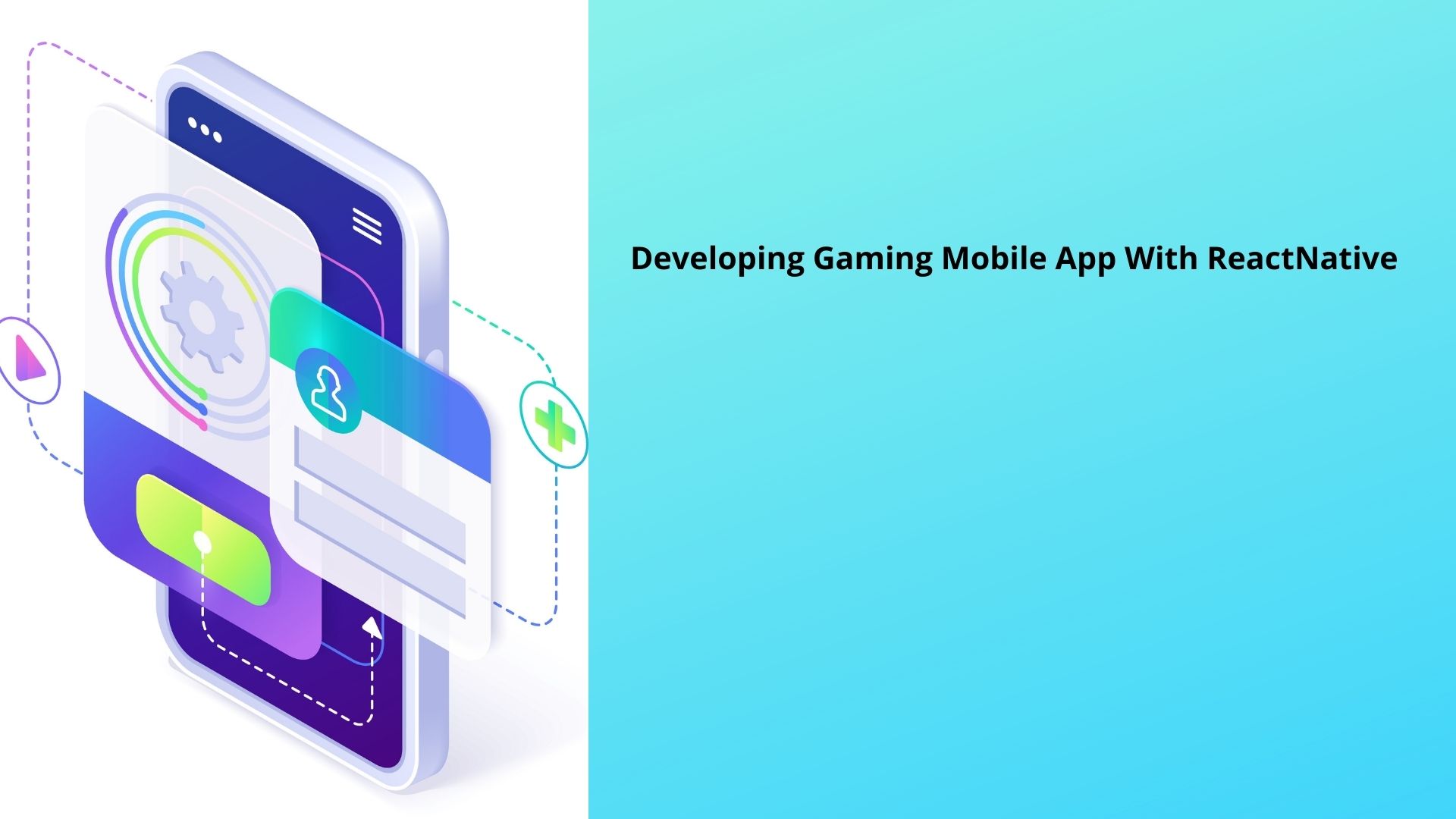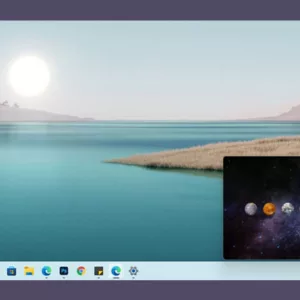There is hardly any surprise in the fact that mobile games are the highest revenue-earning apps in the digital world. Naturally, there is no dearth of inspiration and enthusiasm for building mobile games. When it Comes to Developing Gaming Mobile Apps, the question is?
There are many tried and tested technology to build high-performance mobile games. Well, for several years, game developers refer to React Native for developing Gaming Mobile apps that in spite of being cross-platform in nature provide a user experience highly specific to particular OS platforms.
A game well Developed and a game built to render an addictive spell on the players
will not allow them to leave their smartphones. A great game with an immersive and instantly engaging gameplay experience.
should be equipped with true-to-life graphics and materialistic design of the ambiance and objects. Game development around the world tries to achieve these value propositions. Whether a project of game development in Belgium or in South Korea, an addictive gaming experience is something everyone strives for.
Another crucial aspect of modern mobile games is the capacity to synchronize the game logic.
so that the gaming objects move naturally. React Native seems to be complete with every kind of feature and functionalities for robust cross-platform game development. The only shortcoming of React Native corresponding to the use of gravity can be meted by
JavaScript technology named Matter.js.
Both React Native and Matter.js are used together
For developing really high-performance 2D physics games.
In games with movable and naturally behaving objects, the Matter.js engine helps to incorporate physics into the React Native development framework.
When you want to make a mobile app from scratch for the gaming industry, these two technologies have most of the answers.
How to Start Your project?
To begin with, first build a new React Native app by using the following command:
px react-native init ReactNativeGame. When the project is fully created,
one needs to add a dependency so that the game engine can Use.
Now with the following command add React Native Game Engine: npm i -S react-native-game-engine.
Remember, you need to give a lot of effort and time
For Developing the game prototype following
The UI/UX design guidelines of the respective platforms.
For iOS, you need to adhere to Apple’s Human Interface Guidelines (HIG)
for Android, you have to follow
The Google Material Design principle.
How creatively and efficiently you adhere to these guidelines without sacrificing the gaming experience?
That will be key to the success of your game app projects.
Building the game
React Native Game Engine comes loaded with a lot of examples to provide active help to the game developers. The game engine also offers detailed repo of different game projects. If you choose one that fits your purpose and bootstrap the same,
you can readily do away with the heavy lifting and configuration needs for the React Native project.
The React Native game engine comes with two key components, systems and entities. Systems represent a range of functions.
that need to be called frequently.
Entities on the other hand are basically objects that are placed on the device screen. Entities offering a render function return the same that we can see on the device screen.
Systems
Now let us explain the component called Systems. There are basically three systems. Let’s explain them briefly below.
- The simplest one is physics which determines the time or duration from one tick to another
when an object is falling. - The second one is tilt and which controls the movement of the object on the left and right and keeps
The object clearly visible right on the screen. - The last thing is a trajectory which basically determines the path of all objects falling from space.
Entities
Entities within the React Native Game Engine appear in two distinct parts, such as the body and the renderer. The first one is Developed by Matter.js.
The second is the component that returns whatever is shown on the screen.
Releasing the app to the stores
The best thing about using React Native Game Engine is that it makes it incredibly easier and simple
For releasing the app across Google Play Store or Apple App Store. The repo and examples of various game projects make it extremely easier for new projects. Some of the projects in their docs offer clear guidance on developing the standalone app as well as regarding publishing on the store.
As soon as you finished developing the game you are going to give a link in the terminal so that you can easily download it.
The bundle. After downloading the bundle you can easily upload the app to the respective store and wait for the review process to conclude and give you a green nod.
Many developers also use ways like using the Transporter apps from the respective platforms.
In the case of the iOS app as soon as the app is uploaded.
You have to look at the respective app on App Store Connect.
You can also use the TestFlight tool before uploading the app.
To make sure that the project doesn’t gave any bugs or performance issues.
Conclusion
So, you now have quite a good understanding of the React Native game project. But building the game is not enough. You also need to test the game across devices and keep a sharp eye on players’ experience.
so that you can improve the game app through value additions. A game app needs always a continuous and incremental development approach to turn it into a successful project.





